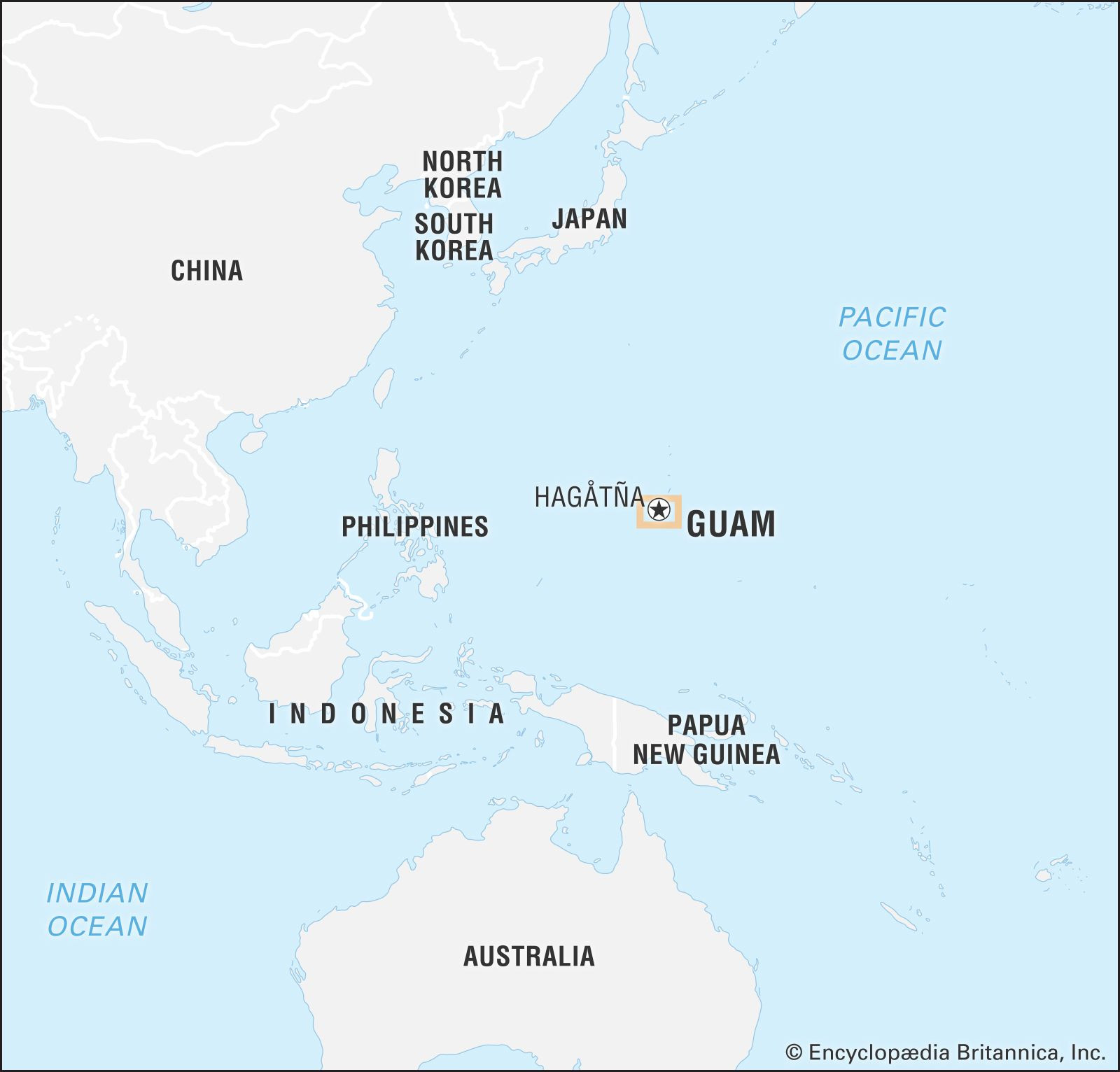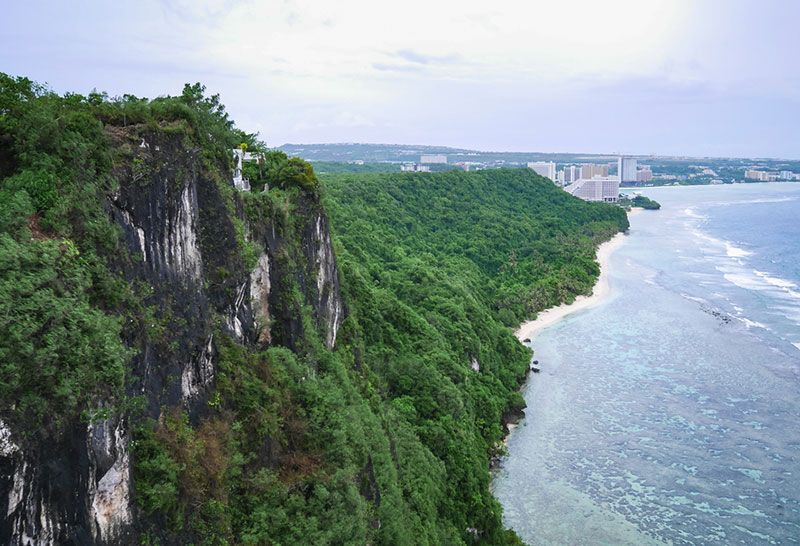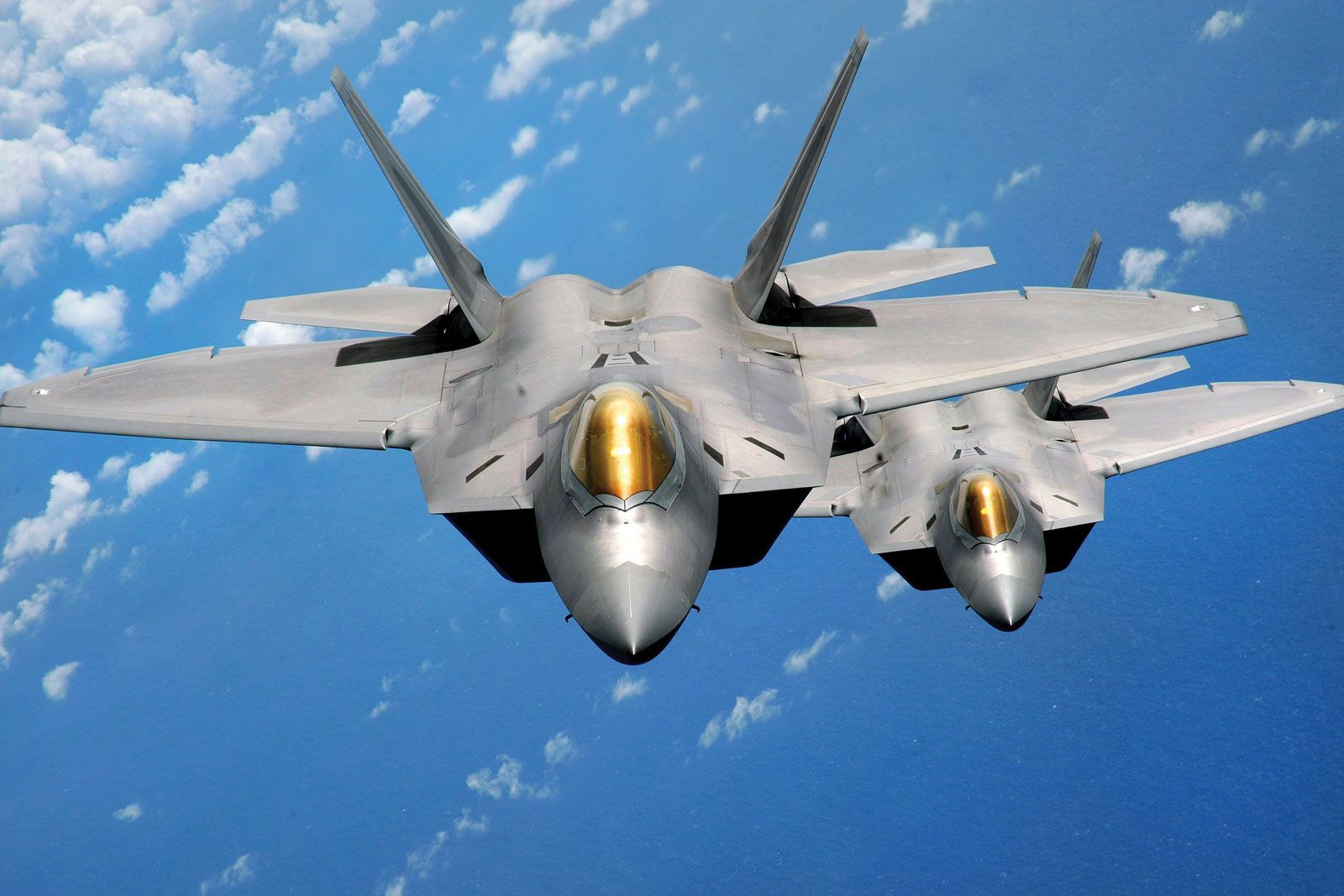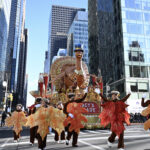Guam, often referred to as “Guam Guam” by those unfamiliar with its precise designation, is a captivating island nestled in the vast expanse of the Pacific Ocean. This unincorporated territory of the United States holds a unique geographical position and a rich tapestry of culture and history. Understanding exactly Where Is Guam Guam is the first step to appreciating its significance and allure.
Located in the western Pacific Ocean, Guam is the largest and southernmost island in the Mariana Islands archipelago. To put it in perspective, Guam lies approximately 5,800 miles (9,300 kilometers) west of San Francisco, California, and about 1,600 miles (2,600 kilometers) east of Manila, Philippines. This strategic location positions Guam as a crucial link between the East and West, and a significant American presence in the Pacific region.
 Guam Island Location in the Pacific Ocean
Guam Island Location in the Pacific Ocean
Geographically, Guam presents a fascinating contrast between its northern and southern landscapes. The northern part of the island is characterized by a relatively flat limestone plateau, elevated around 500 feet (150 meters) above sea level. This plateau is densely covered with lush jungle vegetation. In contrast, the southern region of Guam is dominated by volcanic hills, rising to higher elevations and primarily covered in sword grass. The highest point on the island is Mount Lamlam, reaching 1,332 feet (406 meters) in the southwest, with Mount Bolanos nearby at 1,240 feet (378 meters). The lower slopes of these southern hills, particularly to the east and partially to the west, share geological similarities with the northern plateau, featuring younger limestone formations.
Guam enjoys a pleasant tropical climate, moderated by the consistent northeast trade winds and the North Equatorial Current flowing westward across the Pacific. Temperatures remain fairly constant throughout the year, ranging from about 70 to 90°F (20 to 30°C). The island experiences an average annual rainfall of approximately 95 inches (2,400 mm), with the majority falling during the wet season, which typically extends from May or June through November. Despite the generally mild climate, Guam is susceptible to typhoons (tropical cyclones) that can bring destructive weather at irregular intervals, adding a dynamic element to its environment.
 Tumon Bay Guam's Tourist Hotspot
Tumon Bay Guam's Tourist Hotspot
The indigenous people of Guam are the Chamorros, who are of Malayo-Indonesian descent with a blend of Spanish, Filipino, Mexican, and other European and Asian ancestries. Chamorros and other Micronesian groups constitute about half of Guam’s population, reflecting its diverse cultural heritage. A significant portion of the population, nearly one-third, is of Asian descent, primarily Filipinos and Koreans, alongside a smaller European minority. The religious landscape is predominantly Roman Catholic, with a notable Protestant minority. Chamorro and English are recognized as the official languages, with English serving as the primary language in education and commerce, while Chamorro remains prevalent in many homes. The increasing presence of Japanese tourists and investors has also led to a growing use of Japanese on the island.
Guam’s economy has undergone significant transformations, particularly after World War II when it evolved into a major U.S. military base. This development shifted agricultural practices towards increased food imports, making Guam reliant on external sources for most of its food supply. Today, the U.S. military presence remains a cornerstone of Guam’s economy, with multiple facilities including Andersen Air Force Base and U.S. Naval installations scattered across the island. These facilities have drawn many locals away from traditional livelihoods in agriculture and fishing, towards military-related employment.
 F-22 Raptors at Andersen Air Force Base Guam
F-22 Raptors at Andersen Air Force Base Guam
Tourism stands out as the most significant sector of Guam’s economy, attracting over a million visitors annually. Tumon Bay, with its array of luxury hotels, is a highly developed tourist hub. Guam’s international airport provides crucial connectivity to other Pacific islands, Asia, Hawaii, and the continental United States, facilitating both tourism and trade. Beyond tourism, Guam’s economy includes poultry farming, garment finishing, and oil refining. Its status as a duty-free port has spurred the growth of small manufacturing businesses, primarily from Asian countries, and has contributed to immigration. Guam’s trade involves imports mainly from the United States and Japan, including food, vehicles, and leather goods, while exports include vehicles, food products, scrap metal, and tobacco, with Finland, Japan, and Micronesia being key export destinations.
In conclusion, Guam, or “Guam Guam,” is not just an island in the Pacific; it’s a strategically important U.S. territory with a rich blend of natural beauty, cultural diversity, and economic significance. From its contrasting northern plateau and southern hills to its vibrant Chamorro culture and bustling tourism industry, Guam offers a unique and compelling destination in the heart of Micronesia. Its location, climate, and people make it a fascinating subject of geographical and cultural interest.

